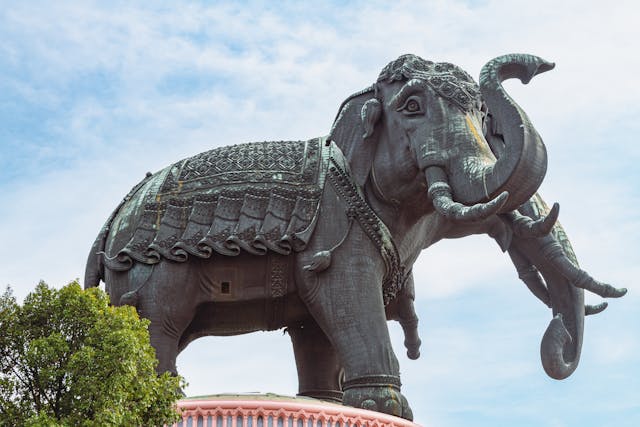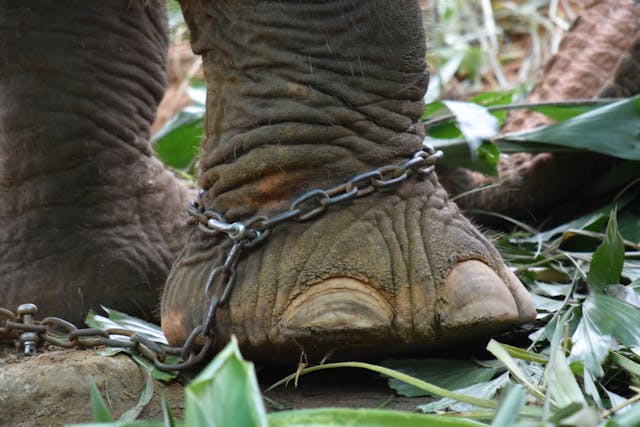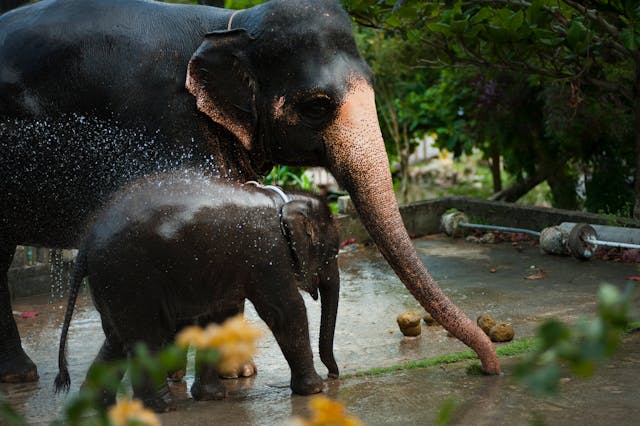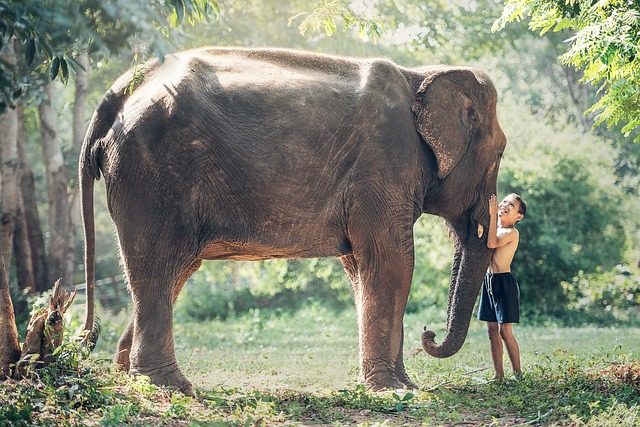National symbol of Thailand, the elephant represents strength, wisdom, and tradition. But behind this iconic image lies a complex reality—especially when it comes to tourism. This article explores how to experience elephants in Thailand ethically, from sanctuaries to wild sightings and responsible travel tips.

History of Elephants in Thailand
A role in warfare and culture
Elephants played a crucial role in Thailand’s past, especially during wars in the 16th century when they were deployed to defend the Kingdom of Siam. Later, their strength was used in logging industries, transporting heavy timber through dense forests. They are deeply intertwined with the country’s history and development.
Elephants played a crucial role in Thailand’s past, especially during wars in the 16th century when they were deployed to defend the Kingdom of Siam. Later, their strength was used in logging industries, transporting heavy timber through dense forests. They are deeply intertwined with the country’s history and development. For more historical context about Thailand’s past and its national symbols, explore our overview of Thai history.
Population decline
Estimates vary, but Thailand is believed to have between 1,500 to 2,000 wild elephants and about 2,000 to 2,700 in captivity, according to the World Animal Protection and Thai government data. Deforestation and tourism exploitation remain key threats.
Tourism and Elephants: A Complex Relationship
Controversial practices

For years, elephants were used as tourist attractions, from riding tours to circus-like shows. Behind the scenes, many underwent violent training methods like phajaan, which “breaks” their spirit. These techniques cause lasting trauma and are widely condemned today.
Why ethical tourism matters
To counter abuse, ethical elephant sanctuaries have emerged. Their goal is to provide safe, respectful environments where visitors can observe elephants naturally—without forced interactions.
Where to See Elephants in Thailand
Ethical elephant sanctuaries
- Elephant Nature Park (Chiang Mai): Over 100 rescued elephants, no riding or shows.
- BEES Sanctuary (Chiang Mai): Focuses on elderly elephant care and volunteer programs.
- Elephant Haven (Kanchanaburi): Formerly exploited elephants now semi-free.
- Phuket Elephant Sanctuary: Retired elephants in peaceful forest surroundings.
- Following Giants (Koh Lanta): Free-roaming elephants, no direct contact.
- Elephant Jungle Sanctuary (multiple locations): Popular, but research each site individually.
- Elephant Hills (Khao Sok): Eco-lodge with ethical observation in jungle settings.
- Boon Lott’s Elephant Sanctuary (BLES) (Sukhothai): Family-run sanctuary focused on deep welfare and minimal tourist interaction.
- Somboon Legacy Foundation (Kanchanaburi): Community-based and education-oriented with no riding, feeding, or bathing.

Note: Some so-called ethical sanctuaries still allow feeding or bathing elephants. While these may appear harmless or educational, animal welfare experts remain divided. Some argue even limited interaction reinforces a captive dynamic that contradicts true freedom. When in doubt, opt for non-interactive experiences only.
Wild elephant spotting
For a truly natural experience, some Thai national parks offer a chance to see elephants in the wild. Sightings depend on timing, luck, and seasonal patterns:
- Khao Yai (Central East): Elephants are often seen near roads at dusk.
- Kui Buri (Prachuap Khiri Khan): Possibly Thailand’s best wild elephant site.
- Khao Sok (South): Elephants are harder to spot but the habitat is rich and pristine.
How to Identify a Real Ethical Sanctuary
Many places claim to be “ethical” without meeting proper standards. Here’s what to look for:
- No rides, performances, or forced bathing with tourists.
- Elephants are free to move and not chained all day.
- Transparency about funding, medical care, and the number of animals.
- Affiliation with respected organizations like Asian Elephant Projects.
Although Thailand lacks a formal legal definition, some projects follow voluntary standards like the Asian Captive Elephant Standards (ACES), which promote best practices in elephant welfare, enrichment, and tourism conduct.
✔️ Quick Guide: What Makes a Real Ethical Elephant Sanctuary?
- 🚫 No riding, shows, or forced bathing
- 🦣 Elephants roam freely without chains
- 👩⚕️ Transparent veterinary care and staff training
- 🌱 Natural habitat respected
- 🤝 Community engagement and fair treatment of mahouts
- 📜 Voluntary standards like ACES or affiliations with NGOs
Socioeconomic Impact of Ethical Tourism
Ethical sanctuaries don’t just benefit animals. They provide better wages and conditions for mahouts (elephant caretakers), employ local guides, and invest in conservation. It’s a win-win model for communities and wildlife.
Ecological Role of Elephants
Often called the “gardeners of the forest,” elephants help maintain healthy ecosystems by dispersing seeds, clearing dense vegetation, and creating space for other species to thrive. Their presence is vital for the biodiversity of Thailand’s forests.
Tips for Responsible Elephant Tourism
How to choose a sanctuary
- Avoid places offering rides or animal shows.
- Look into the sanctuary’s practices and funding.
- Choose locations that allow elephants to live freely and naturally.
Before visiting, read updated reviews on platforms like Google, TripAdvisor, and ethical travel forums. Conditions change quickly in this industry.
Visitor behavior guidelines
- Keep your distance and avoid touching the elephants.
- Do not feed them without guidance.
- Stay quiet to avoid stressing the animals.
Important: Close contact with elephants can be dangerous. In recent years, media outlets have reported accidents involving tourists injured by stressed or provoked elephants. Keeping a safe distance is not only ethical—it’s essential for your safety.
Conclusion

Elephants are a living treasure in Thailand, but their survival hinges on our decisions. By supporting ethical sanctuaries, avoiding exploitative attractions, and appreciating these animals in the wild, we help restore balance between tourism and animal welfare.
A great way to introduce children to the importance of elephants in Thai culture is through stories. For instance, some authors offer books to help kids learn Thai through tales featuring elephants.
To discover more incredible species, don’t miss our complete guide to animals in Thailand.
🔄 Last updated on June 25, 2025
